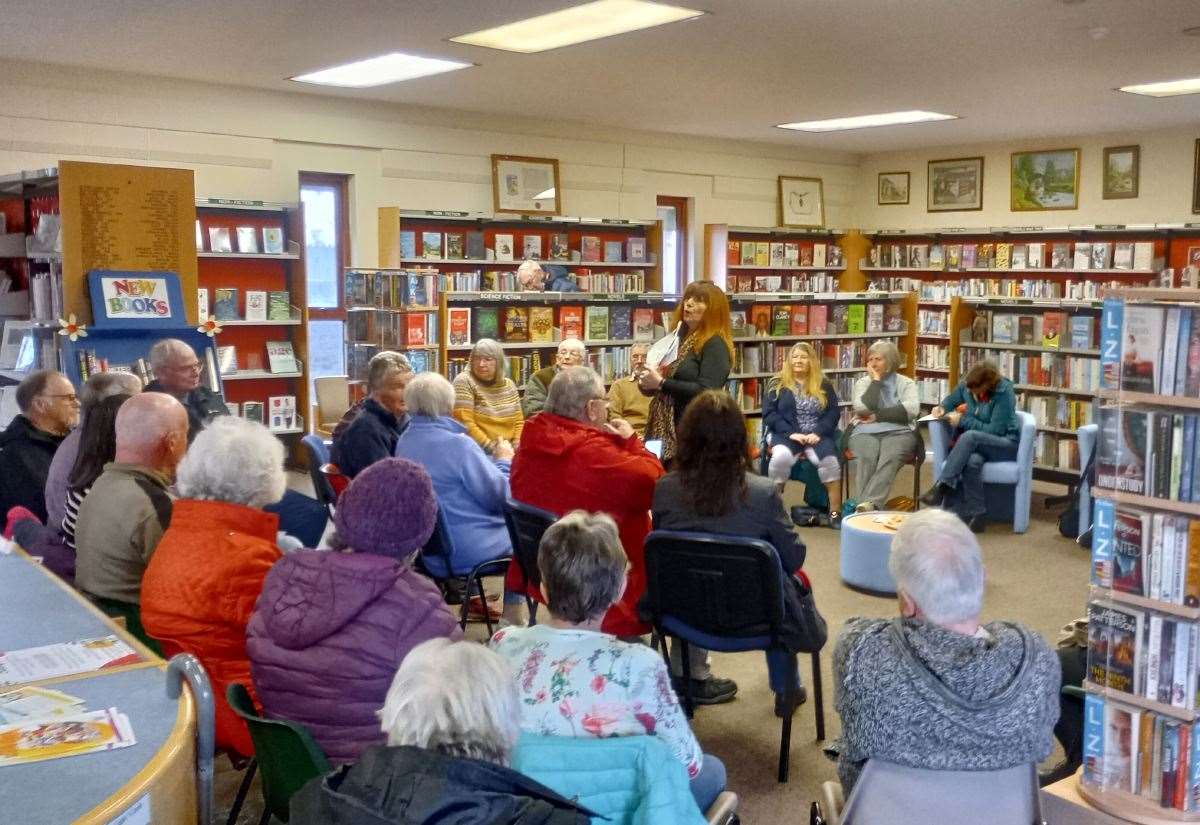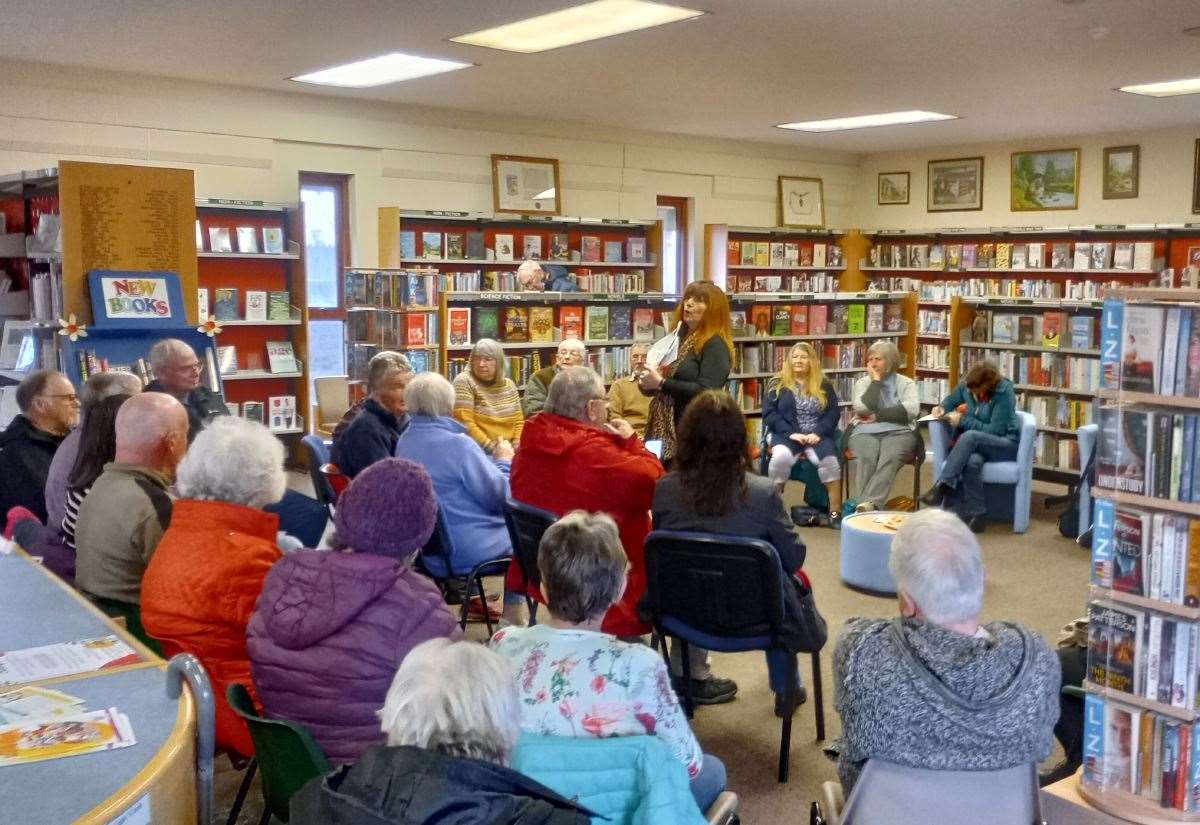Rachel Morris’s latest book, The Years Of The Wizard, delves into the enchanting world of British magicians from the Elizabethan era, exploring their societal roles and mystical practices. Released in September 2025, this insightful work highlights the fascinating interplay between magic, science, and belief during a period often referred to as the golden age of wizardry in Britain.
The narrative begins with the intriguing figure of John Damian, an alchemist who served James IV of Scotland. He famously constructed wings in an attempt to fly from the ramparts of Stirling Castle. Although his ambitious flight ended in failure with a broken thigh, the efforts were reflective of the era’s acceptance of such extraordinary endeavors. Morris draws parallels between Damian’s alchemical pursuits and those of renowned scientist Isaac Newton, suggesting a shared spirit of experimentation that marked the period.
A pivotal character in Morris’s exploration is John Dee, a notable adviser to Elizabeth I and one of the most famous magicians of his time. Dee was not only an accomplished mathematician, contributing to navigation for New World voyages, but also a practitioner of alchemy and astrology. His impressive collection of books, housed in the largest private library in England, showcased his deep commitment to knowledge. Dee’s unique method of storing his books, with spines facing inwards, was both practical and indicative of his scholarly approach.
Morris illustrates the diverse beliefs held by magicians during the Elizabethan period. Wizards engaged in practices such as astrology, the creation of perpetual motion machines, and the use of physical objects like the ‘sieve and shears’ to divine answers. While high-ranking magicians like Dee employed elaborate methods, less affluent individuals often turned to the ‘cunning folk’ for simpler charms and potions aimed at love, protection, and other personal concerns.
The author raises intriguing questions about the motivations behind these magical practices. For instance, Dee’s collaborations with Edward Kelley, a medium who claimed to communicate with angels, prompt speculation regarding the authenticity of their interactions. Was Kelley genuine in his attempts to connect with the divine, or was he manipulating Dee for personal gain? Morris suggests that the allure of control over unseen forces was a powerful motivator for many in that era.
Morris also discusses the belief in fairy tales and the use of objects like bottles embedded in walls to trap witches. These practices, though seemingly absurd by modern standards, reflect a society deeply invested in the mystical and the unknown. The appeal of the ‘celestial globe’, which represented a view of the stars, offered a sense of power and understanding over the cosmos, capturing the imagination of many.
Through engaging storytelling and meticulous research, The Years Of The Wizard invites readers to reconsider how magic was perceived in the past. Morris invites a dialogue on the intersection of belief and skepticism, suggesting that while some practitioners may have been charlatans, there was a genuine thirst for knowledge and understanding behind many of these ancient practices.
The book is currently available from the Mail Bookshop, providing a captivating look into a time when the line between science and magic was often blurred.







